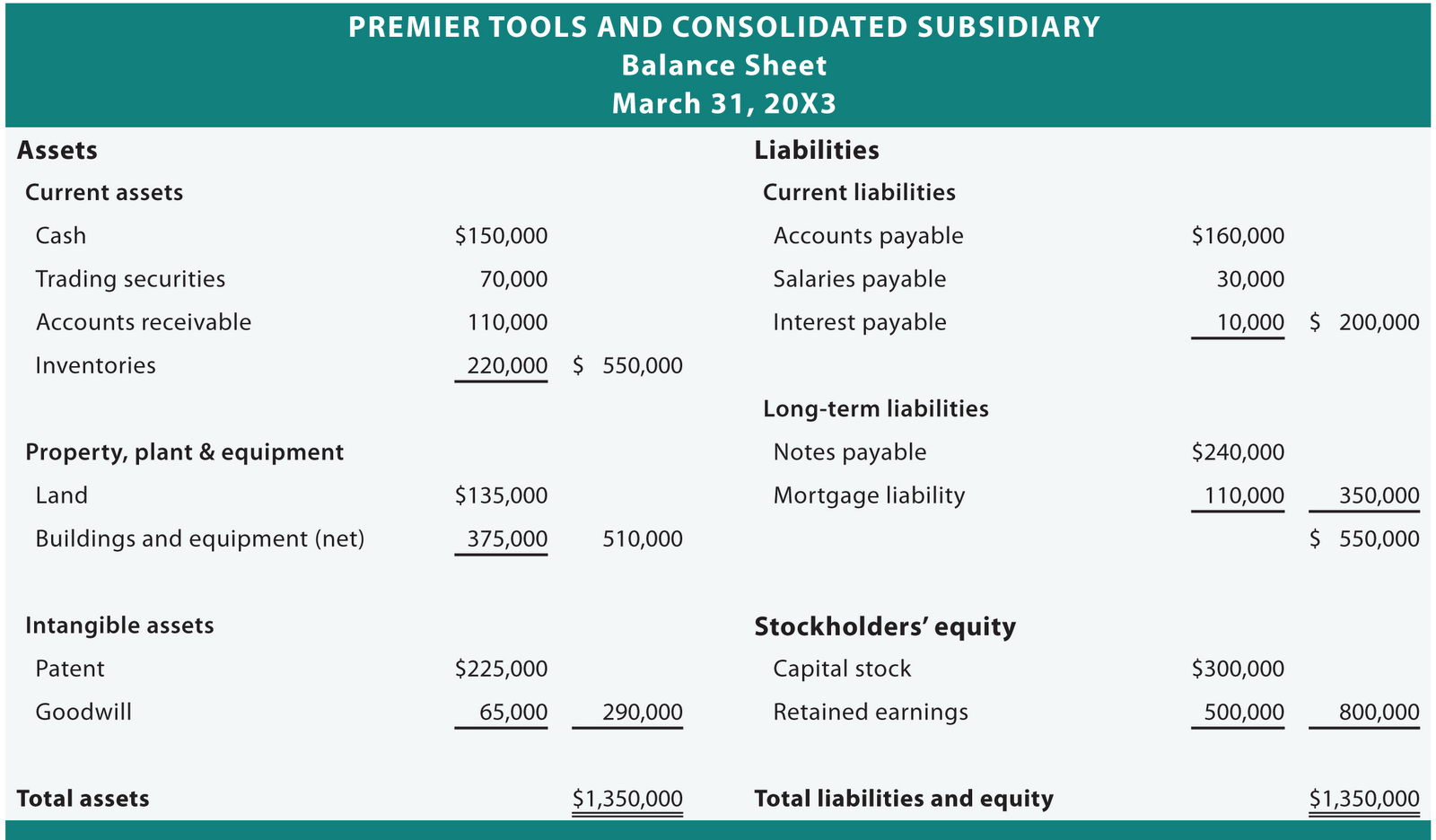Impressive Info About Cost Of Products Sold On Balance Sheet Raymond Financial Statements

Cost of goods sold (cogs) is a significant metric that reflects the direct costs associated with producing and selling products.
Cost of products sold on balance sheet. It includes materials and labor directly used in making the product. 160 from the lot 2 (july 10 purchase), costing $27 per unit the specific identification method of cost allocation directly tracks each of the units purchased and costs them out as they are actually sold. It ensures reports reflect actual expenses and remaining stock clearly.
To record product costs as an asset, accountants use one of three inventory accounts: It includes all expenses related to the production and sale of goods, such as materials, labor, shipping fees, tariffs or taxes on imports and other manufacturing overheads. Welcome to our blog post where we will be discussing the important topic of cost of goods sold (cogs) and whether or not it should be included on the balance sheet.
To record product costs as an asset, accountants use one of three inventory accounts: To calculate cogs, business owners need to determine the value of their inventory at the beginning and end of every tax year. However, before the company sells the goods or products to its customers, this cost is in the balance sheet items.
Tracking cogs allows companies to properly value inventory and determine gross profits. The main categories that can be found on the p&l include: Inventory is recorded and reported on a company's balance sheet at its cost.
Cost of goods sold (cogs) refers to the direct costs attributable to the production of goods sold by a company. The tightening of the btp/bund spread, european corporate spreads, and swap spreads below historical average levels are not putting pressure on the ecb to cut rates nor to steer away from the unwinding of its balance sheet. When an inventory item is sold, the item's cost is removed from inventory and the cost is reported on the company's income statement as the cost of goods sold.
However, it requires some items from it as a part of its formula. Cogs do not comprise any overhead expenses such as rent, security charges, communication charges, etc. Operating expenses (opex) → in contrast, opex comprises “indirect costs”, such as overhead costs, utilities, rent, and marketing expenses.
It includes material cost, direct labor cost, and direct factory overheads, and is directly proportional to revenue. To record product costs as an asset, accountants use one of three inventory accounts: No, the cost of goods sold is the income statement’s item and is not present in the balance sheet.
Manufacturers use cost of goods sold. Costs such as sales and marketing, salaries, and transportation are not included in cogs. Cost of goods sold equal to 2,500 (500 units x $ 5 per unit), it the balance movement from inventory in balance sheet to cost goods sold in the income statement.
Retailers typically use cost of sales on their balance sheets. Revenue (or sales) cost of goods sold (or cost of sales) Cost of goods sold is likely the largest expense reported on the income statement.
Is cost of goods sold on the balance sheet? Product costs are recorded as an asset on the balance sheet until the products are sold, at which point the costs are recorded as an expense on the income statement. After the first year, your car would be shown on the balance sheet at the purchase price of $40,000 minus $8,000 accumulated.



:max_bytes(150000):strip_icc()/dotdash_Final_How_operating_expenses_and_cost_of_goods_sold_differ_Sep_2020-01-558a19250f604ecabba2901d5f312b31.jpg)














